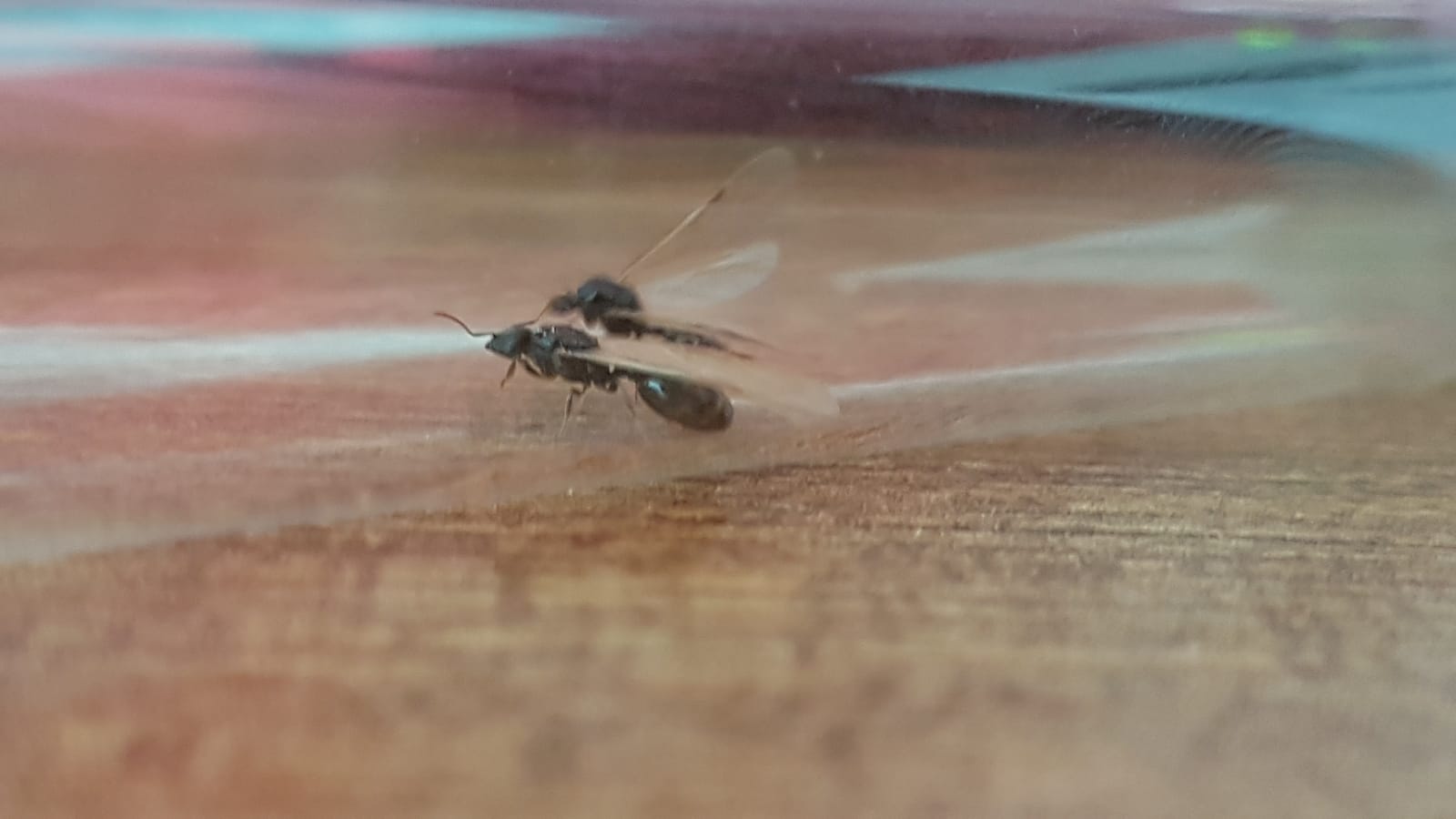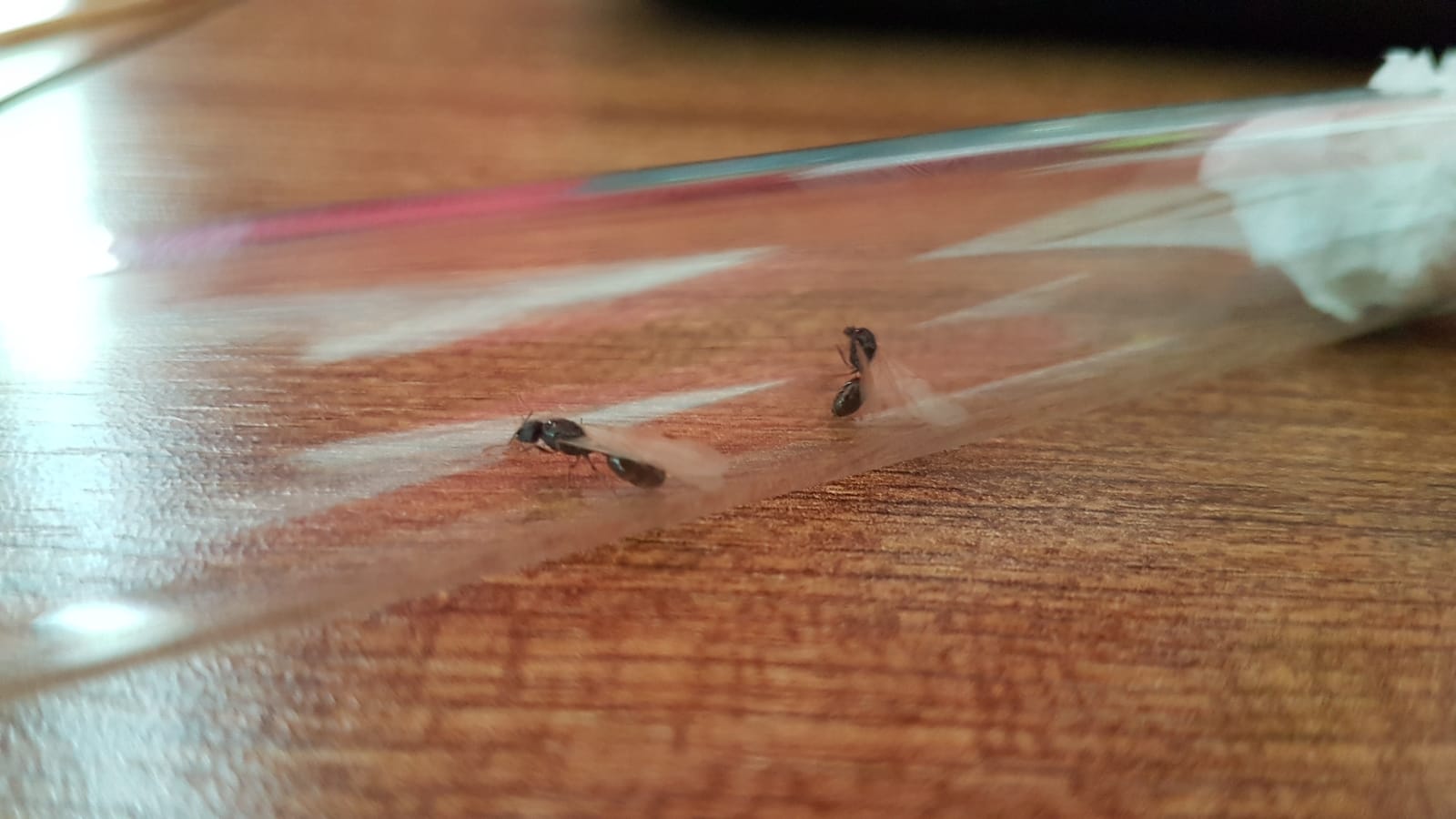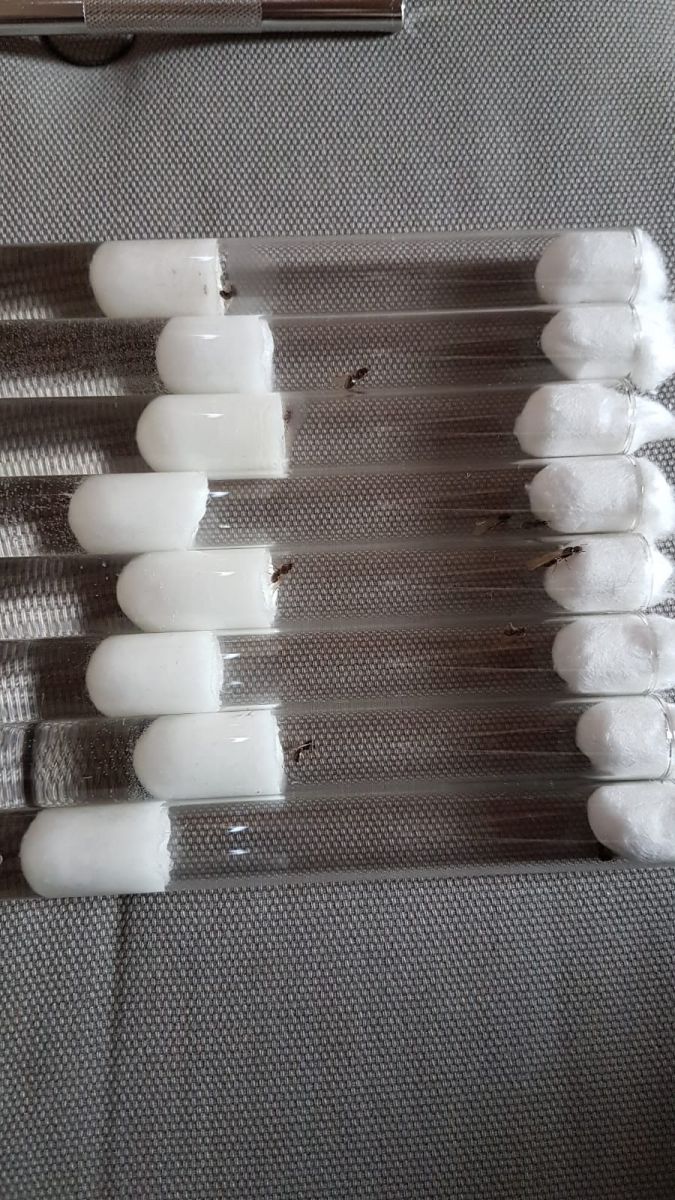I found this ant and I don't know her species. Can you help me please to this about?




I found this ant and I don't know her species. Can you help me please to this about?



I believe it's Temnothorax. Make sure to post your location and the queen's size.
I'm gonna say Tetramorium sp.
Currently Keeping:
Camponotus chromaiodes, Camponotus nearcticus, Stigmatomma pallipes, Strumigenys brevisetosa, Strumigenys clypeata, Strumigenys louisianae, Strumigenys membranifera, Strumigenys reflexa, Strumigenys rostrata
That was my first thought, too, Cloud. I'd say Tetramorium depending on the size.
Thanks for taking your time. Anymore I can research about to my ants.
Thanks for taking your time. Anymore I can research about to my ants.
Hey Aliserdar. You are in Turkey correct? it's important to post your location and what is the size in mm of the queen.
Billy
Currently keeping:
Camponotus chromaiodes
Camponotus castaneus
Formica subsericea
My Main Journal | My Neivamyrmex Journal | My Ant Adoption | My YouTube
Join the TennesseeAnts Discord Server! https://discord.gg/JbKwPgs
Tetramorium immagrans 100 percent.
There are many different species of Tetramorium in Turkey. It could be T. caespitum which are native to Turkey.
There are many different species of Tetramorium in Turkey. It could be T. caespitum which are native to Turkey.Tetramorium immagrans 100 percent.
My Main Journal | My Neivamyrmex Journal | My Ant Adoption | My YouTube
Join the TennesseeAnts Discord Server! https://discord.gg/JbKwPgs
Edited by Jamiesname, May 2 2019 - 2:09 PM.
My Main Journal | My Neivamyrmex Journal | My Ant Adoption | My YouTube
Join the TennesseeAnts Discord Server! https://discord.gg/JbKwPgs
There are many different species of Tetramorium in Turkey. It could be T. caespitum which are native to Turkey.Tetramorium immagrans 100 percent.
I meant T. caespitum. I forgot that immagrans were a U.S. thing!
T. immigrans are native to Europe
Hi there! I went on a 6 month or so hiatus, in part due, and in part cause of the death of my colonies.
However, I went back to the Sierras, and restarted my collection, which is now as follows:
Aphaenogaster uinta, Camponotus vicinus, Camponotus modoc, Formica cf. aserva, Formica cf. micropthalma, Formica cf. manni, Formica subpolita, Formica cf. subaenescens, Lasius americanus, Manica invidia, Pogonomyrmex salinus, Pogonomyrmex sp. 1, Solenopsis validiuscula, & Solenopsis sp. 3 (new Sierra variant).
0 members, 0 guests, 0 anonymous users